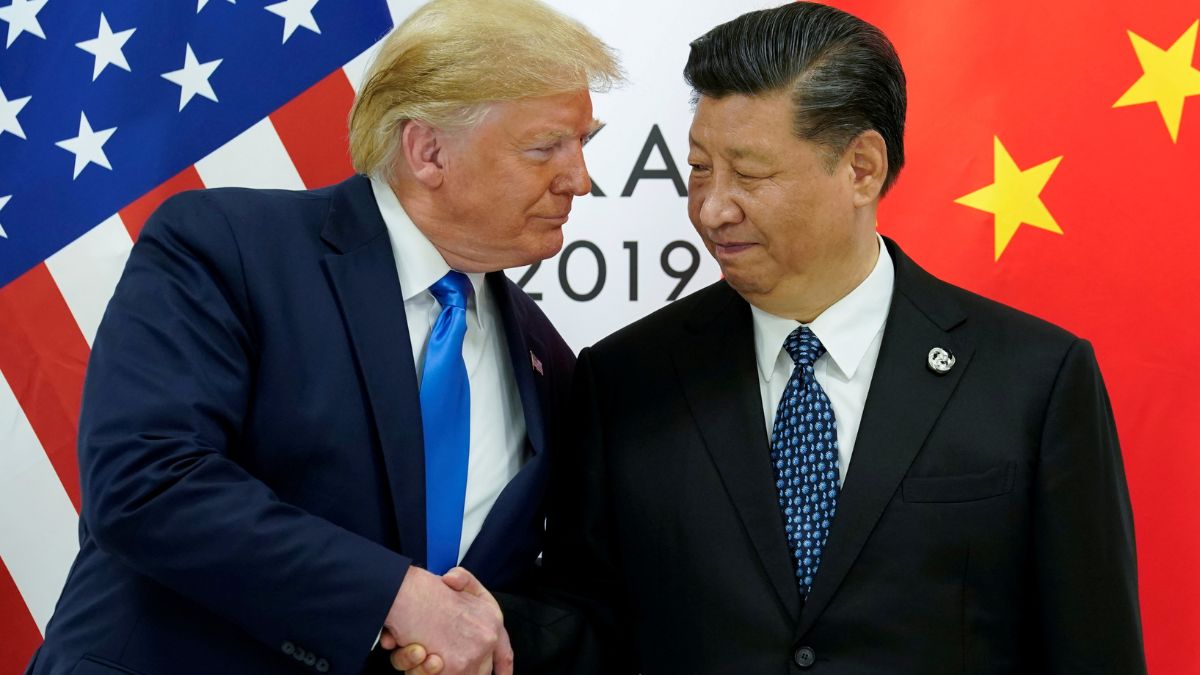The United States has escalated trade tensions by announcing a 100 per cent tariff on a broad range of Chinese exports, intensifying an ongoing economic standoff between the world’s two largest economies. This move follows an earlier US tariff of 50 per cent on Indian goods in the American market.
The fresh wave of tariffs, set to be imposed from November 1, will make Chinese products more expensive in the US, potentially allowing Indian exporters to capture greater market share. Tariffs affecting patented and branded Indian pharmaceutical drugs, focused particularly on complex generics, add nuance to the emerging opportunity.
India’s pharmaceutical sector has emerged as a global powerhouse, with exports reaching a record $30.5 billion in the fiscal year 2024-25, marking a robust 9.4 per cent annual growth.
The country is the world’s third-largest producer by volume and accounts for 20 per cent of the global generic drug market. Its strength lies in cost-efficient manufacturing, a skilled workforce, and compliance with stringent regulatory standards, including having the highest number of US FDA-approved manufacturing plants outside the United States.
The US remains India’s largest pharmaceutical export market, accounting for over 34 per cent of the sector’s shipments, making the recent tariff war developments especially significant for Indian exporters.
A textile exporter speaking to PTI noted, “This additional 100 per cent tariff on Chinese goods will give us an upper edge.”
Experts suggest that the increase in Chinese goods prices in the US will reduce their competitiveness, creating openings for Indian manufacturers.
Impact Shorts
More ShortsHowever, India faces challenges in fully capitalising on this situation. Infrastructure constraints, regulatory hurdles, and the need for technological upgrades remain key obstacles.
However, with strategic investments in manufacturing capabilities tailored to US requirements and a growing focus on complex generics and biologics, Indian pharma companies are well-positioned to leverage the opportunity.
Additionally, expanding trade agreements and heightened global recognition of Indian pharmaceuticals as reliable and affordable could enhance India’s competitive edge amid the US-China trade tensions.
Amid this trade conflict, India can sustain gains by maintaining high-quality standards and closely aligning with US compliance requirements. The US accounts for approximately 18 per cent of India’s exports and 10.73 per cent of its total merchandise trade. Strengthening trade agreements with America could further consolidate India’s status as a preferred alternative to China.
This US tariff escalation follows China’s recent restrictions on rare-earth exports, which the US labelled as a “very hostile” move. US President Donald Trump criticised China’s export controls, describing them as “unprecedented” and “a moral disgrace”.
)